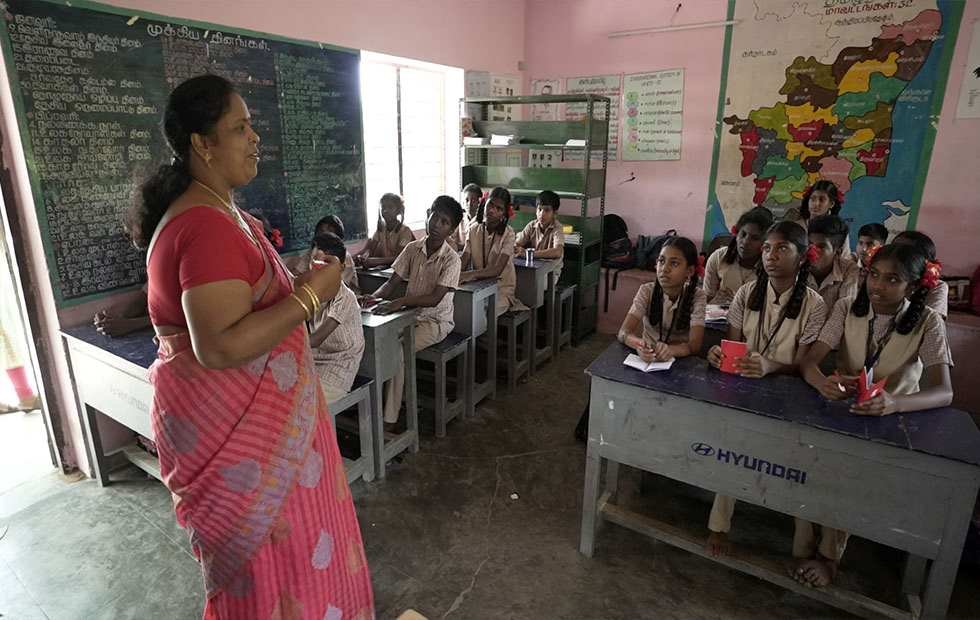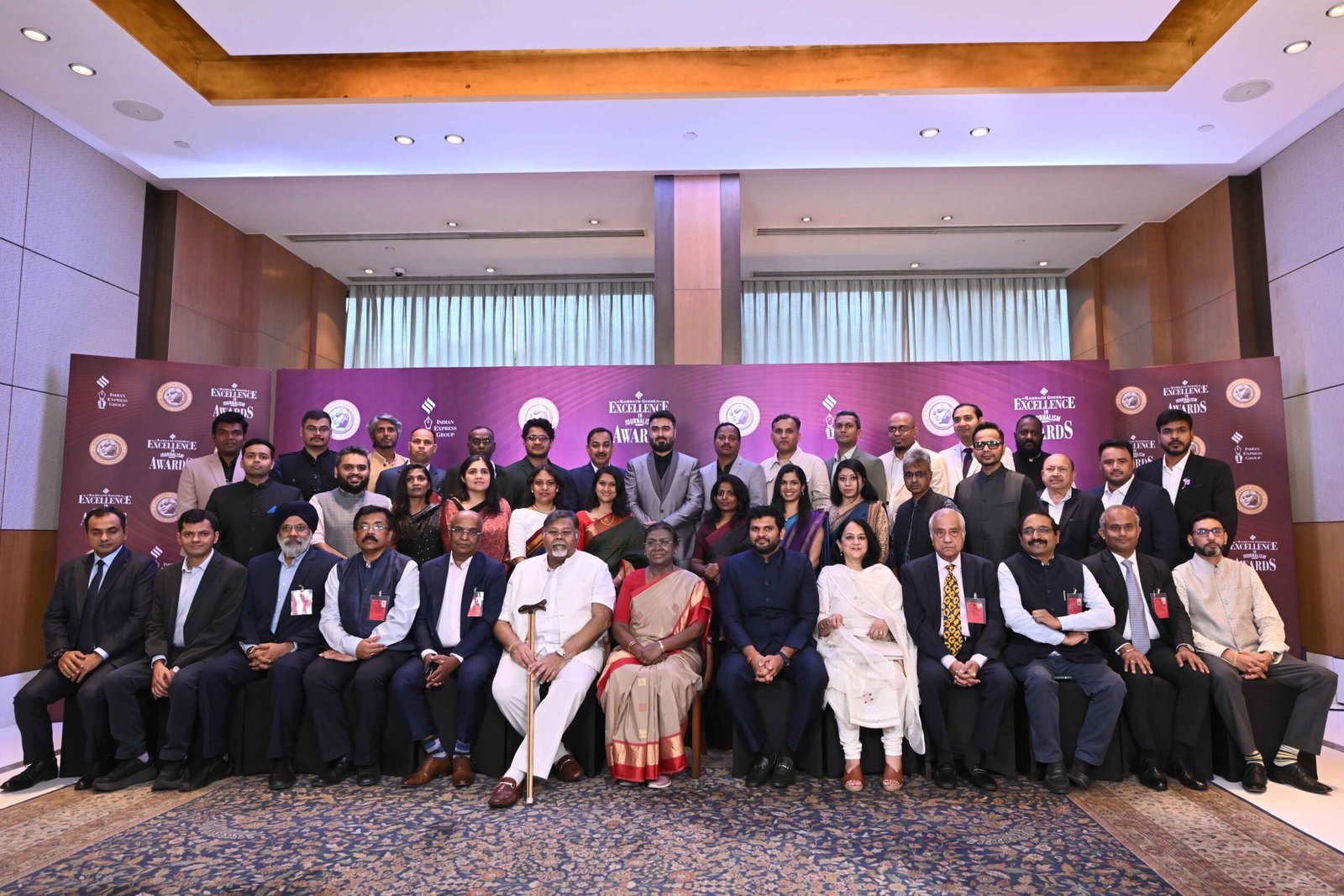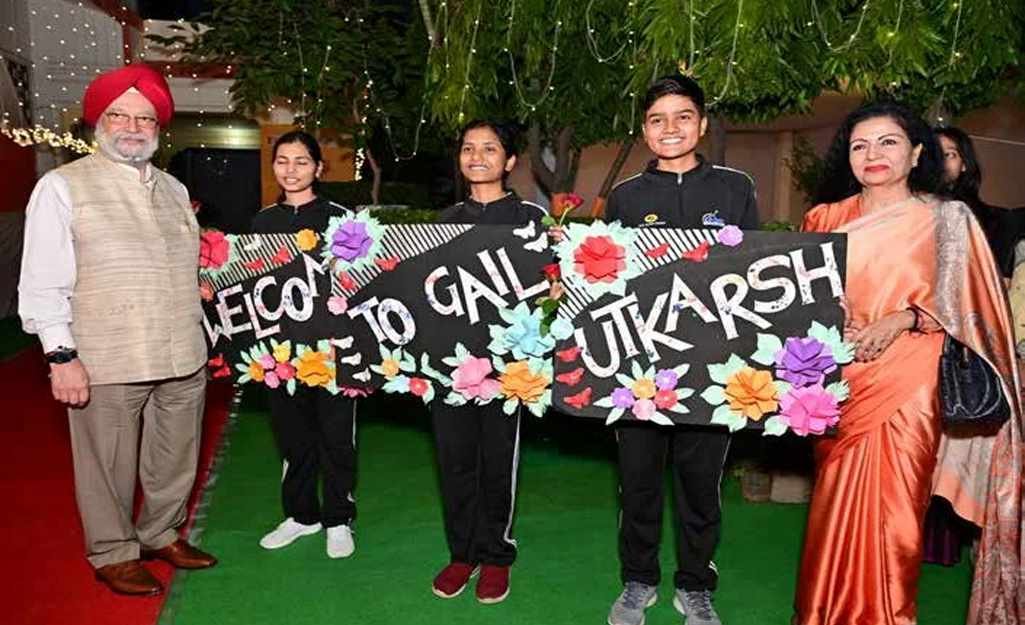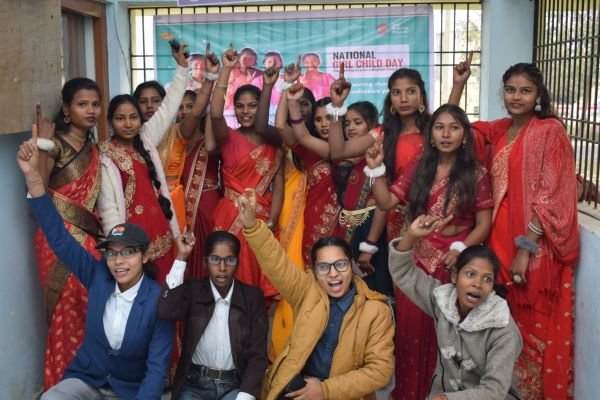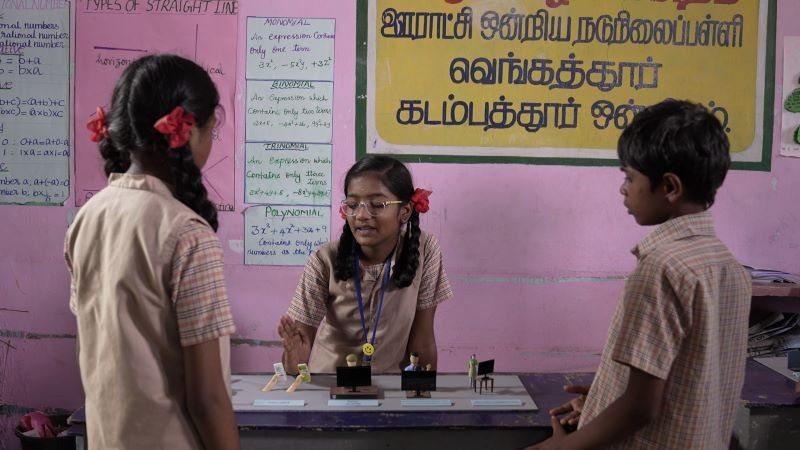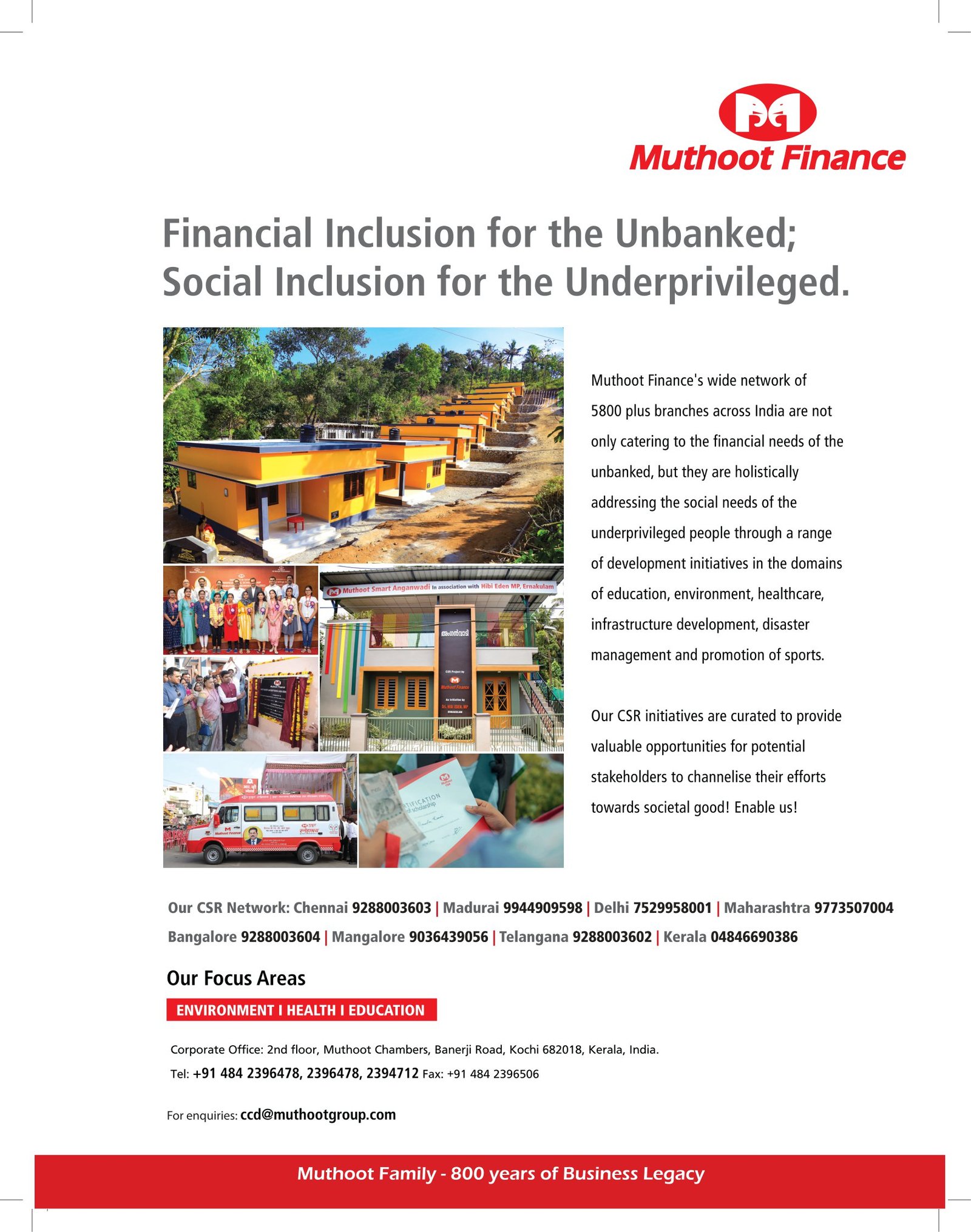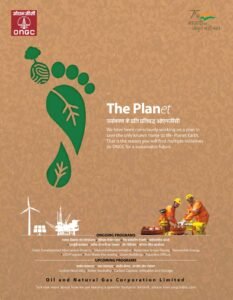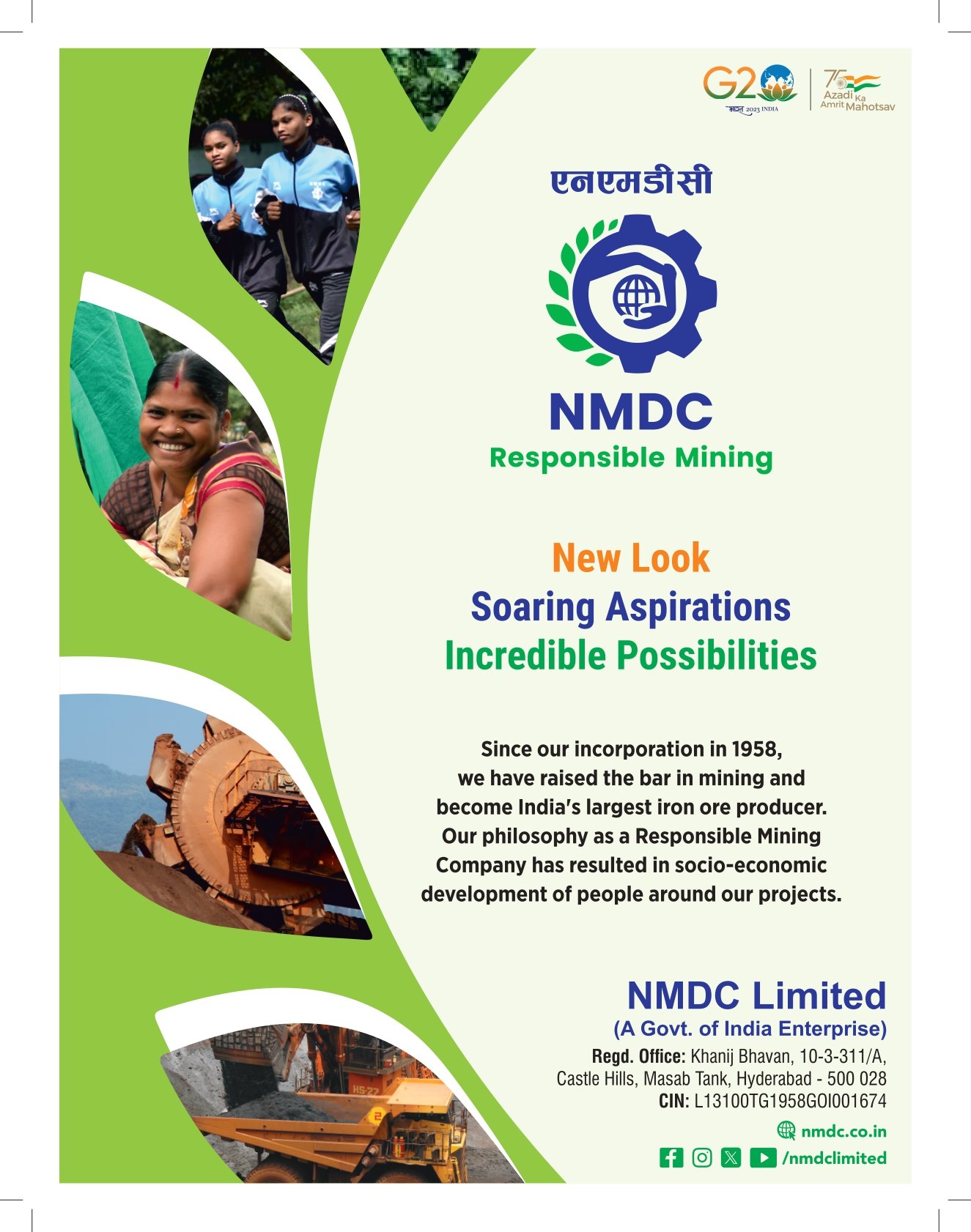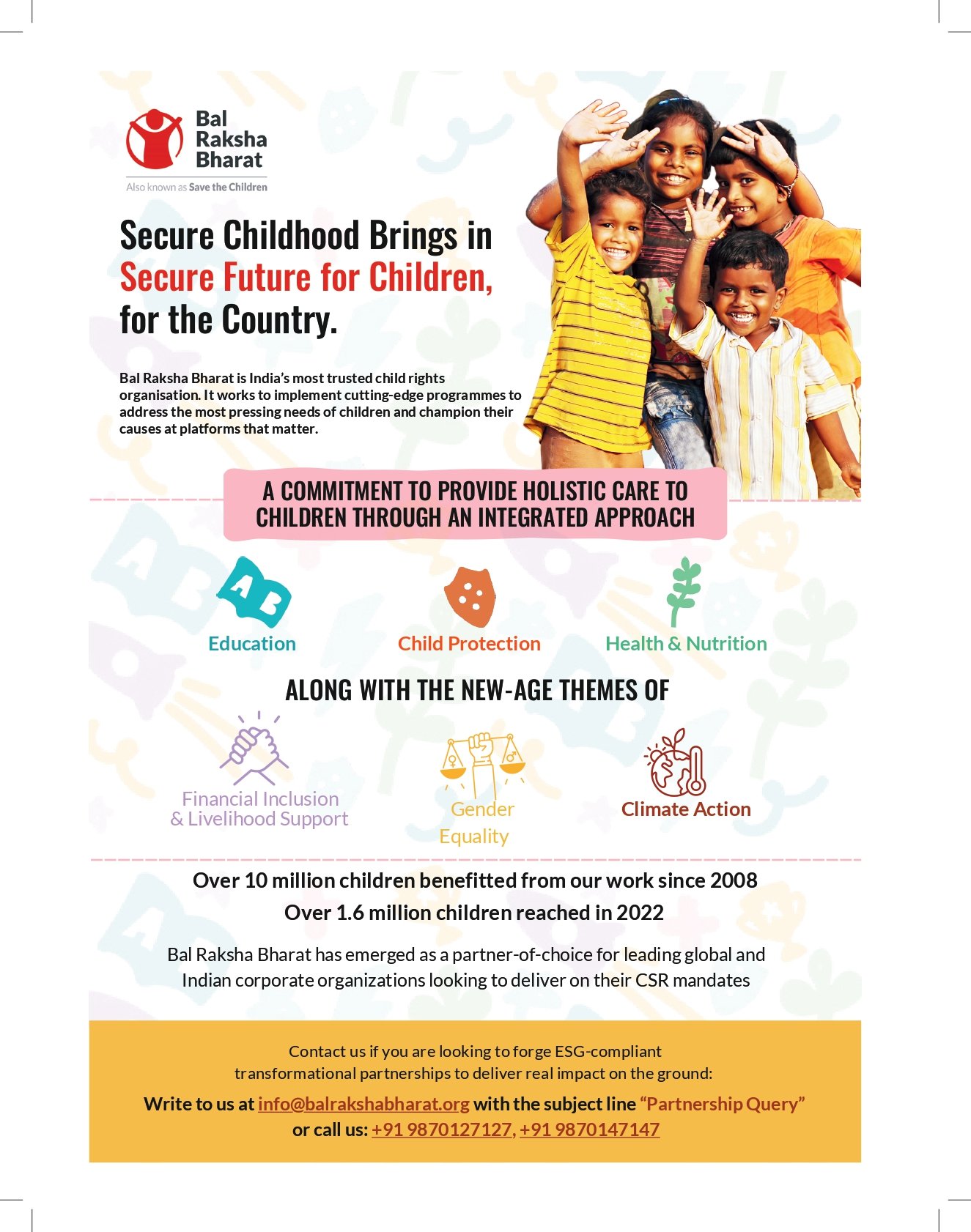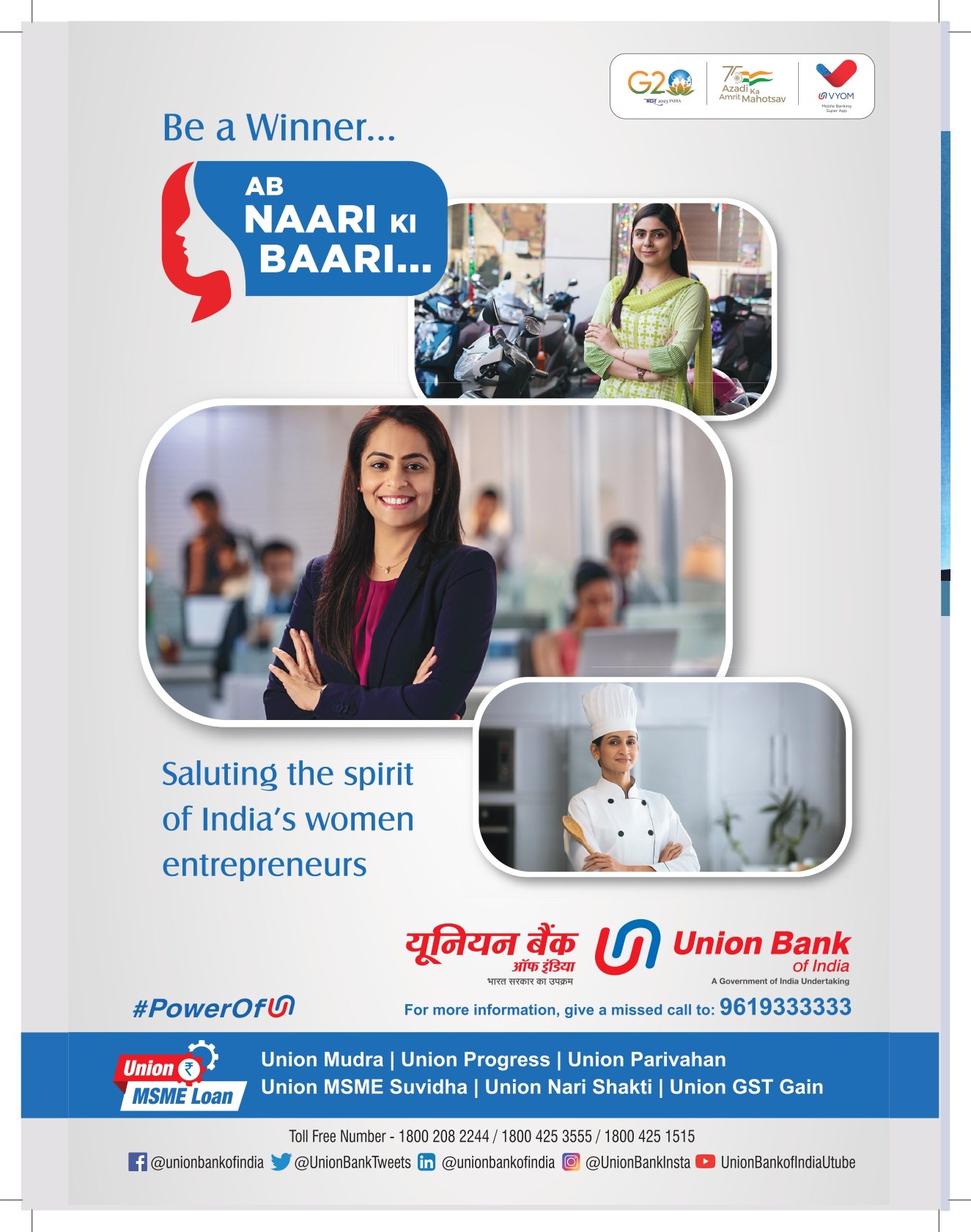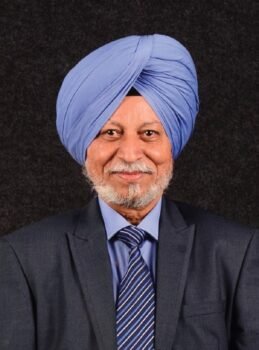
Srinivasan Services Trust (SST), the social services arm of TVS Motor Company and Sundaram-Clayton Limited, started working in villages in the mid-1990s. A precursor to Corporate Social Responsibility (CSR). Starting with a model of philanthropy, it matured into a model centred on community participation in all its projects. Swaran Singh, IAS (retired) CEO SST, explains this to M. Rajendran, Consulting Editor of CSR Times, ideas, projects, and plans of Srinivasan Services Trust in 2,500 villages in the country and the way they operate through a holistic and participatory approach to village development, working closely with the community and the government.
What was the thinking SST behind a focused community service model?
Development is a continuous process, and the community’s needs evolve as development happens in the villages. Over the years, SST has learned through experience that a clean exit is not possible in the development space. Instead, we have a set of goals that SST aspires to achieve within a particular period. When we meet these targets, SST reduces the level of engagement with that community so that energies can be focused on thousands of other villages in India that haven’t even reached these levels.
Evaluation is done on a case-by-case basis, where aspects such as ownership among the community/collectives for the village development are assessed. SST can have a reduced presence in the villages where leaders have emerged among the population and are guiding the community towards betterment by helping them access government schemes. When we limit our engagement, the Village Development Officer of SST remains in touch with community leaders and collectives and provides guidance where necessary. However, they will not visit the developed villages constantly, mobilising the villagers to participate in camps or other activities that enable social cohesion. Instead, they will guide from the backseat, as people from farmers’ clubs, SHGs, and village development committees take charge of the village development.
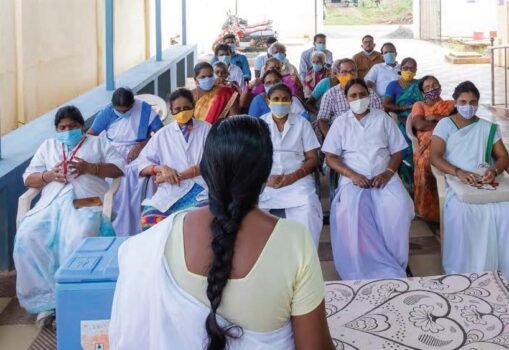
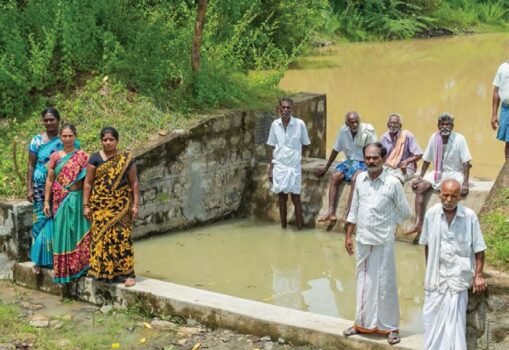
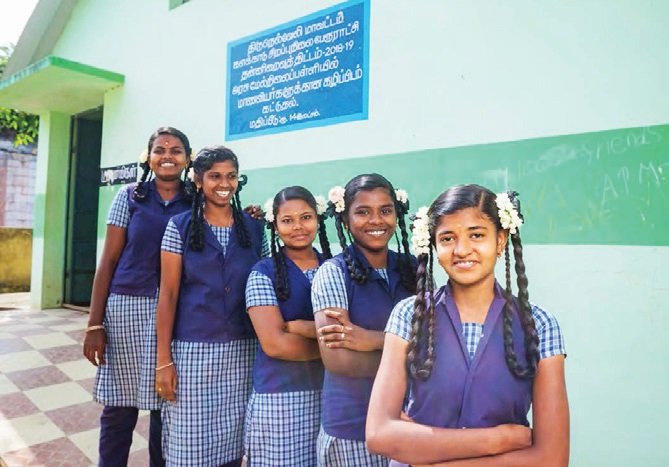
Is it SST’s conscious decision to stay away from large multi-billion dollar philanthropic ideas like AIDS, climate change, and technology and remain focused on human development segments?
Mr. Venu Srinivasan, SST’s managing trustee and TVS Motor Company’s chairman emeritus, strongly believes in societal development. Community focus has been one of the core ideas of the TVS family, dating back to its earliest years. While many organisations are doing great work on large philanthropy ideas, SST’s strategy centres on addressing the immediate and tangible needs of the villages they serve, focusing on localised and practical interventions. It does get into infrastructure building only on an as-required basis. SST started as a philanthropic organisation but has evolved into a model focused on total development and community involvement. We consciously adopted a policy of give and take. We provide awareness, skills, and, in some areas, capital; in return, we ask for thought leadership and ownership of their development from the community’s people.
What have been the learnings for SST from this approach?
We have learned that empowering the community through collectives such as SHGs and enhancing their access to available development schemes can lead to impacts beyond the specific program. This impact is further magnified when we support the community through livelihood programs or rural health initiatives. All of this enhances the community’s sense of ownership, resilience, and self-determination, leading to sustainable growth that lasts over a longer period.
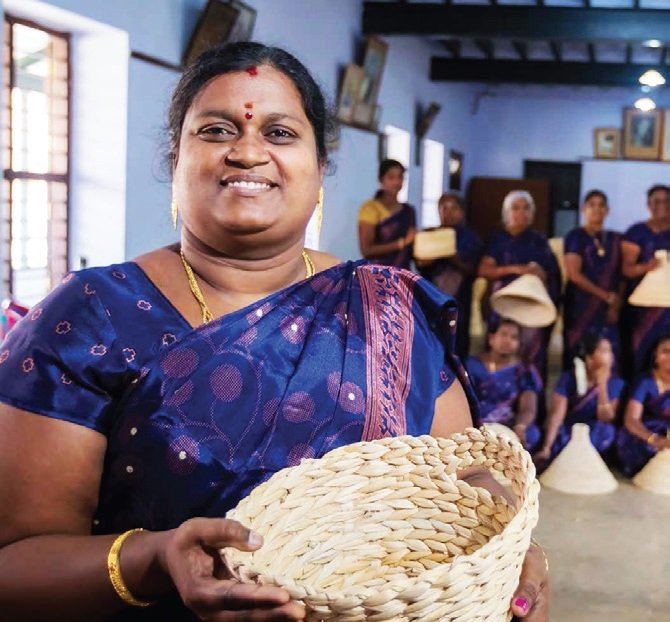
So, will you make any changes in your approach to community services?
Over the past years, SST has mobilized communities and managed to build collectives such as SHGs, water management associations, farmer clubs, etc. In the future, we plan to use the power of this community intimacy to multiply the impact of years of hard work. This can be a force multiplier in any development initiative. The easy, lowhanging targets ensure that communities will take care of renovated government buildings like schools and community halls. However, more impactful results can be achieved by designing community connection programs. We are exploring separate strategies for functional aspects of education across clusters and a new approach towards tribal development for specific clusters.
Funding such projects is a challenge. What model has SST adopted for funds?
We have a strong implementation team in the field, with over 200 village development officers and over 50 community development officers staying and working in the villages across clusters. TVS Motor Company, Sundaram Clayton Limited, and other group companies are our major funders. We strongly create community connections and collectivise the community towards common goals.
We ensure the sustainability of initiatives in the village through the power of collectivisation. This being our model, we take up projects only when the partner is aligned with our sustainability vision. We have worked closely with organisations like NABARD as an implementation partner for various schemes and projects. Apart from this, we have received funding from AstraZeneca and Bosch to run a few clusters, and we have also helped organisations such as Dalmia Cements and Sanmar Group to replicate our model of community development in their areas of operation. This was also done based on the oneness of thoughts among the organisations. Last year, we reached out to a few organisations with unique projects, including water conservation and healthcare, and we are collaborating with Standard Chartered Bank, HDFC Ergo, Karur Vysya Bank, and Kaynes Technologies on specific projects following SST’s model. We are open to contributions only if there is an alignment of values and approaches towards social work.
What are some of the biggest challenges that trusts and social service organisations in India encounter?
The two major challenges faced by any organisation working in the development space are the sustainability of initiatives and genuine partnership with the community rather than a service provider approach. It takes a huge effort to build trust with the people and ensure they co-create the development agenda for the village. However, it is very difficult and will take a long time, especially with the lack of quality resources in the sector.


